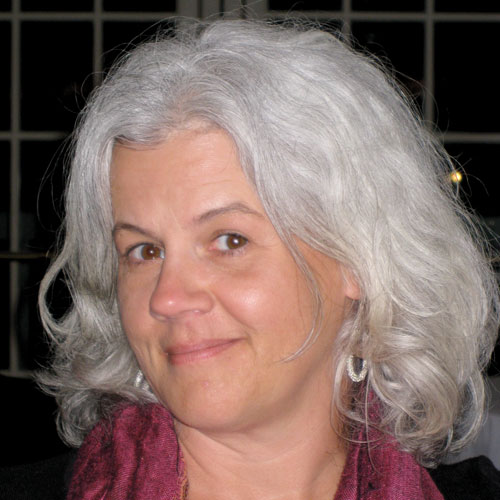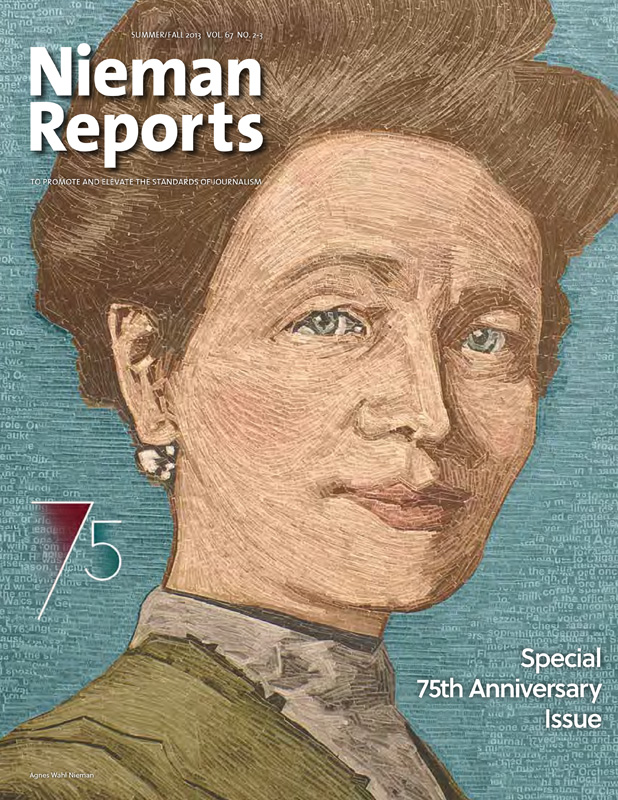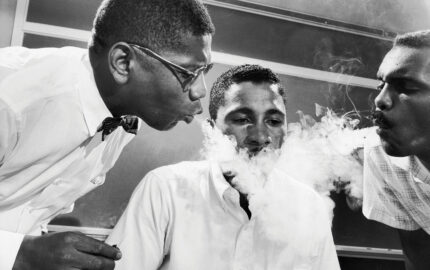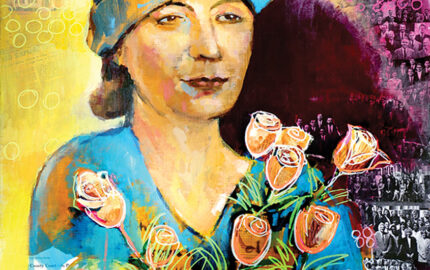Macy has spent most of her career at The Roanoke (Va.) Times

Working in one region for one medium-sized newspaper for almost 25 years, it’s hard to enumerate the many ways that the Nieman expanded my world. I approached a series I undertook shortly after the Fellowship’s end—on the aftereffects of globalization on nearby furniture factory towns—with a much deeper scope. I called the world’s best thinkers on small-town revitalization, race and economics. I forged collaborations with two nonprofits and worked with a freelance photographer, neither of which was standard newspaper practice, just as it wasn’t common for a reporter from Roanoke, Virginia to investigate firsthand the Asian factories where all the jobs had moved. The result was a newspaper series that turned into my first book, “Factory Man,” to be published next year. The Nieman helped me create a portrait that is ultimately fairer, truer and way more complicated than I originally envisioned.



